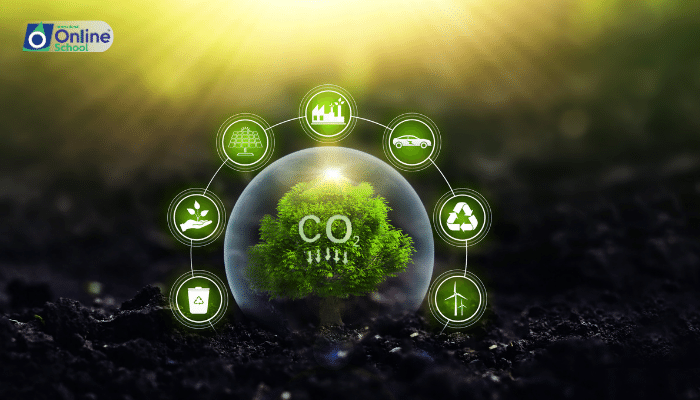
Learning Outcomes in Listing:
i. Describe the process by which plants intake carbon dioxide and water.
ii. Understand the significance of these substances in the life of plants.
iii. Recognize the structural adaptations in plants for the uptake of carbon dioxide and water.
Summary of Lesson:
This lesson describes the fundamental ways in which plants procure the necessary components for photosynthesis: carbon dioxide from the atmosphere and water from the soil. The intake of these elements is a sophisticated process involving specialized structures and regulatory mechanisms.
i. Uptake of Carbon Dioxide:
Plants absorb carbon dioxide through tiny openings called stomata, primarily located on the underside of leaves. The opening and closing of stomata are regulated by guard cells, which respond to environmental cues.
ii. Water Intake:
Water is absorbed by plant roots from the soil. The structure of root hairs increases the surface area for absorption, and the water travels through the plant via capillary action and the iii. transpiration pull.
iii. Integration in Photosynthesis:
Once inside the plant, carbon dioxide and water are transported to the chloroplasts, where they are used in photosynthesis to produce glucose and release oxygen.
List of Important Questions for Self-Study:
i.What role do stomata play in the intake of carbon dioxide?
ii. How do root hairs facilitate the absorption of water?
iii. Why is the regulation of stomatal opening important for a plant’s survival?
iv. What might happen to a plant if it’s unable to absorb enough water or carbon dioxide?
v. How do environmental factors influence the intake of carbon dioxide and water in plants?
Important Terminologies Used in Lesson:
i. Stomata: Small openings on the underside of a leaf through which oxygen and carbon dioxide can move.
ii. Guard Cells: Cells that control the opening and closing of stomata.
iii. Root Hairs: Hair-like extensions from a root that increase its surface area for absorption of water and nutrients.
iv. Transpiration Pull: The force which aids in drawing water upward from roots to leaves.
v. Photosynthesis: The process by which green plants and some other organisms use sunlight to synthesize nutrients from carbon dioxide and water.